Diablo 3 lore and backstory: an interview with The Order author Nate Kenyon
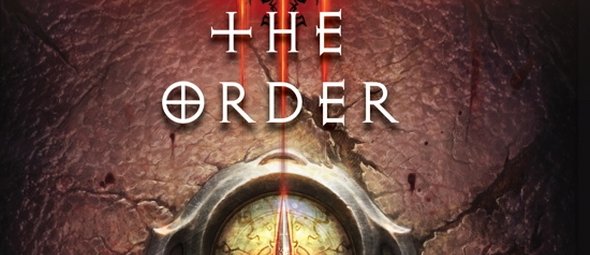
Diablo 3 is out. Finally. It's consuming our free time . But even now that it's within our grasp, we don't always have access to our computers. Sometimes we have to do other things like ride in a car, sit in a classroom, or attend a relative's special event. These mundane activities do not have zombies to click on for loot, but you can still get through them thanks to the terrific, dark Diablo 3 prequel novel The Order by Nate Kenyon.
PC Gamer: Is it fair to say that The Order novel is about Deckard Cain getting the band back together, and finding the remnants of the Horadric Cell?
NK: That's a pretty... That's a different way of stating it, which I like a lot. That's kind of cool. It's a lot of things in one, really: there were a lot of different goals for this book, but from day one we were all focusing on making this Deckard Cain's story. He's an iconic character; everybody knows who he is and people love him. But nobody really knows who he is, what his story is. While he's been a supporting character, he's never had center stage.
So this was our chance to tell his story, or tell a story in his life, and through that illustrate who he is and create his background and history, which was a lot of fun. So yeah, I guess you could say he's trying to get the band back together. He's trying to find out whether he's the last remaining member of the Horadrim or whether there are others. That's the key, in his mind, to saving Sanctuary, which he believes strongly is about to be invaded yet again.
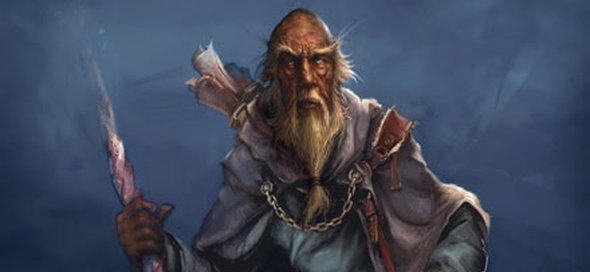
PCG: In past games, Cain's just been a talking head. Is that lack of background helpful or hindering to start with an empty character like that?
NK: It was a lot of fun. And I'll tell you why. Blizzard and Blizzard fans are so immersed, connected, so loyal, so rabid. To be able to contribute to a universe like this—to create something that's going to endure and become a part of the lore—and on top of that in such an iconic character as Deckard Cain, it's a thrill. I don't know how else to describe it. It's a really neat thing for me to be able to sit there and say that I was part of that. What I hope to do is bring out the human side, to show people who he is as a person and why he does what he does. It's humbling and it's exciting too.
PCG: Working closely with the developers of a game you're personally passionate about has to be exciting. Did your choices ever directly affect something that went into the game?
The biggest gaming news, reviews and hardware deals
Keep up to date with the most important stories and the best deals, as picked by the PC Gamer team.
NK: I don't think so. The game was pretty deep in development when I came on board to do the book. When I flew out [to Blizzard's studio] to have the first brainstorming meeting about this novel, they let me play the beta. I think, at the time, I was one of the first people beyond the developers that got that chance, and that was really cool. But it was developed and so there may be little bits and pieces here and there, but I think what happens more often is the other direction.
Blizzard obviously knew things about the game that informed the book. And what I was able to contribute is fleshing out and telling the background, the backdrop, the story of some of the things that happen in the game... Even if something that happens in the game was planned before I started writing, I was able to expand upon that and set the stage in a way that might never have been done otherwise.
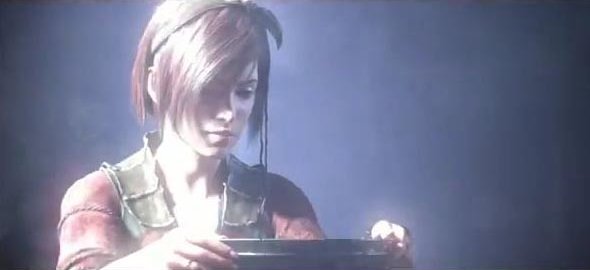
PCG: As players jump into Diablo 3, will they recognize a lot of in-game characters from the book?
NK: Cain and Leah are central, of course. That's really the thrust of it: most of the other characters, I don't know if anybody will make an appearance.
PCG: You gave a little insight into how your process with Blizzard worked. Could you go into a bit more detail on that?
NK: Some readers may know that I wrote StarCraft: Ghost Spectres—my first novel in the Blizzard universe—last year. That came about when they read a sc-fi novella of mine called Prime. It's one of my favorites from my own work. They read it and loved it, so they contacted my agent and said, "Hey, we like this guy, would he be interested in talking to us about writing something?" So we had a call, and we really hit it off. I loved their energy—they're very exact, very demanding in a good way.
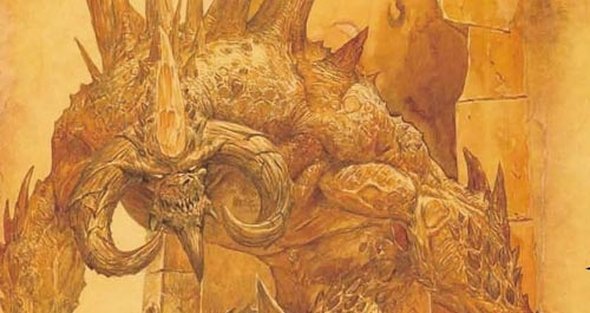
[For The Order] they had a rough story idea—an outline of what they'd like to do—and they gave that to me. I kicked it around, read a bunch of stuff, background materials, and really familiarized myself... We brainstormed some ideas, and I wrote a long, detailed outline of some of the things that we'd discussed, some ideas I had, some things they wanted to do. And then I went out and met with... the game team and creative team.
I played the beta [while I was there], really immersing myself in it for a day or two. A lot came out of that. I went home, revised the outline, continued to research. Overall I spent several months researching, reading everything I possibly could. I really wanted to get this right. So I read everything I could: their internal docs and everything that's been published before. And then I started writing. We bounced things back and forth, we did some rewrites, and here we are.
PC: You started in horror and sci-fi, and you wrote that StarCraft novel last year. How is writing in Diablo different from writing in those other universes?
NK: Different and similar both. I think one of the reasons that we both felt I was a good fit for this book was because of my horror background. Blizzard really intentionally wanted to take this book in a darker direction. More horror, less sword-and-sorcery and fantasy stuff. They really wanted to ground this thing and make it really intense, really creepy. And I loved that idea too.
In that way, I didn't alter my style very much, but it is an entirely new universe from the StarCraft universe, and very different from writing original work. Like I said before, I really wanted to get this right. The fans are so incredibly dedicated, just so immersed in Diablo. I really didn't want to let those fans down... Diablo is a little less fleshed-out overall than their other IPs, and that actually offered me some more opportunity to expand on things on my own, offer ideas to Blizzard: things I thought would be neat. That was a lot of fun.
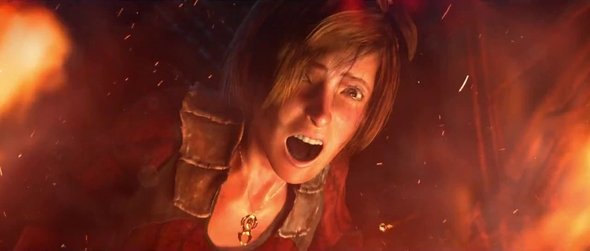
PCG: For someone reading this that needs a little convincing that this is actually a creepy book—that it does get really dark—what scene in the book would you use as an example?
NK: Ha, there's a ton. Really, I'm biased, but this is one of my favorite works. It's an epic story that is action-packed, and it is full of scenes of real horror. I think right off the bat, the opening chapter after the prologue, we've got Cain and a young paladin going down into the ruins of an old repository and encountering a demon. And this is not your sword-and-sorcery demon: this is a pretty intense, very dark possession, horror scene. Things don't go well.
Beyond that, we've got scenes in Caldeum with Leah. And before Deckard Cain even comes, we have a situation where Leah is with Gillian and it's... pretty, pretty hairy there. She's clearly disturbed and in great danger. I think those scenes... I've had a number of people actually, reviewers and fans that have had a sneak peek, say that those early scenes in Caldeum were really scary. Genuinely scary. So those are just a few. A lot of stuff that happens toward the end of the novel is really climactic and epic. There are new monsters that I created that are really creepy and unique that I think people will enjoy.

